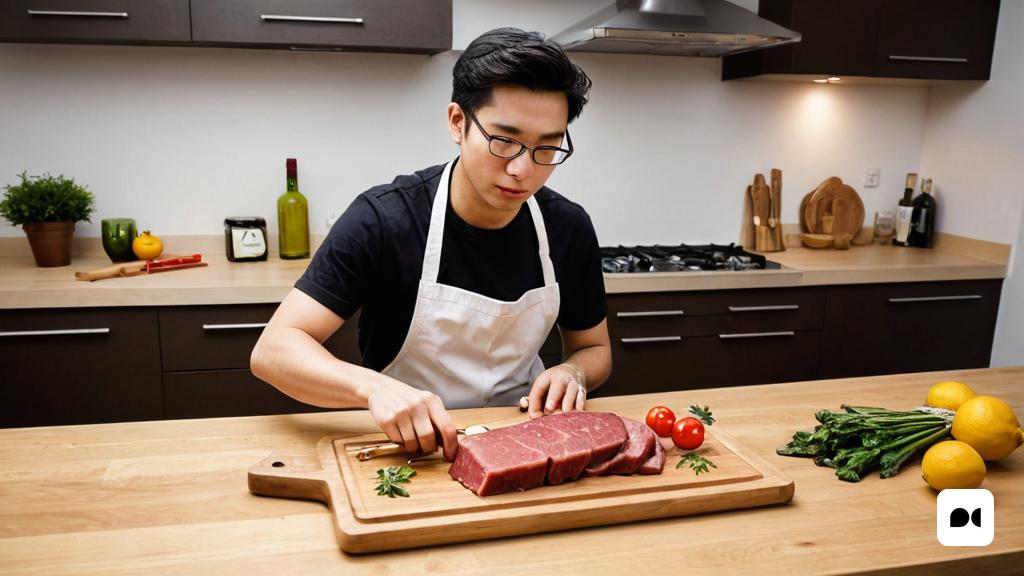Introduction
In the culinary world, there are numerous myths and traditions that are passed down from generation to generation. The New York Times article, titled “Debunking 5 Cooking Myths,” delves into the exploration of some of these common beliefs, questioning their veracity through science and culinary experience. From the idea that browning meat seals in the juices to the notion that you should only cook with wine you’d drink, this analysis seeks to dismantle practices that, despite being widely accepted, don’t always have foundation. Below, we’ll break down these five myths and their truths, tweaking some and finding some new ones.
1. Browning the meat seals the juices
One of the most common myths is that browning meat helps seal in its juices, improving its flavor and texture. However, the article explains that this belief is incorrect. The Maillard reaction, responsible for the browning, does provide a deep and attractive flavor to the meat, but it does not prevent the loss of juices. Browning meat is actually more of a technique to enrich the flavor than to keep it juicy.
2. Prior preparation is not always necessary
Another common myth is that pre-preparing all the ingredients before you start cooking is essential. However, the article argues that for home cooks, this practice is not always necessary. In many cases, ingredients can be prepared and added during the cooking process, especially in recipes that require long cooking times, such as soups and stews.
3. You don’t need to use high quality wine
Another cooking myth is that only high-quality wine should be used to get a good result. The article refutes this idea, stating that the cooking process alters and reduces the nuances of the wine. Therefore, a wine of moderate quality can work just as well as an expensive one, as long as it has no obvious flavor defects.
4. Adding oil to the pasta water is not necessary
Another common myth is that adding oil to the pasta cooking water prevents the pasta from sticking. However, the article clarifies that this is unnecessary and can be counterproductive, as the oil can prevent the sauce from adhering properly to the pasta. The best way to prevent the pasta from sticking is to use plenty of water and stir occasionally during the first few minutes of cooking.
5. It is not necessary to use exclusively wooden utensils
There is a belief that some foods should only be stirred with wooden utensils so as not to affect their flavor or damage the utensils. The article refutes this idea, explaining that wooden, metal or silicone utensils can be used interchangeably. The choice of utensil depends more on the type of pan used and the personal preferences of the cook than on any other consideration.
Conclusion
In short, the New York Times article shows us how some cooking myths have no scientific or culinary basis. It is important to question and dismantle these beliefs in order to improve our cooking skills and experiment with new techniques. The kitchen is a world rich in traditions and practices, but it is also important to adapt to changes and new scientific evidence. So next time you cook, remember to question myths and be open to trying new ways of doing things.

